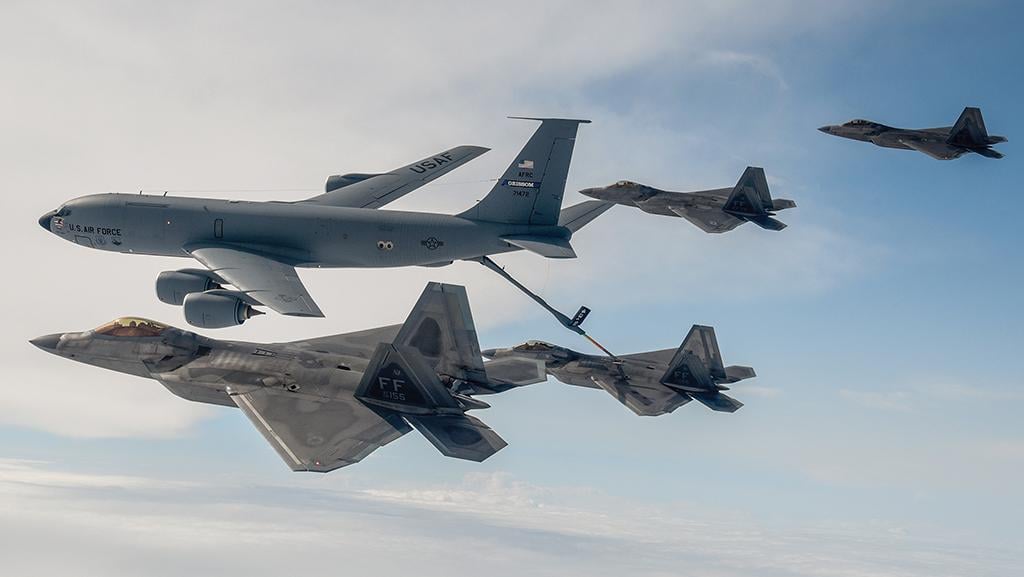
The Air Force is reconsidering plans for replacing F-22 fighters and KC-135 tankers.
Credit: Tech. Sgt. Mary Greenwood/U.S. Air Force
The next generation of the U.S. Air Force has grown complicated over the span of several weeks, with top leaders indicating priority programs are being halted while others are accelerated. Most notably, Air Force Secretary Frank Kendall says he has pressed pause on its Next-Generation Air Dominance...
U.S. Air Force Considers Reprioritizing Next-Generation Programs is available to both Aviation Week & Space Technology and AWIN subscribers.
Subscribe now to read this content, plus receive critical analysis into emerging trends, technological advancements, operational best practices and continuous updates to policy, requirements and budgets.
Already a subscriber to AW&ST or AWIN? Log in with your existing email and password.





